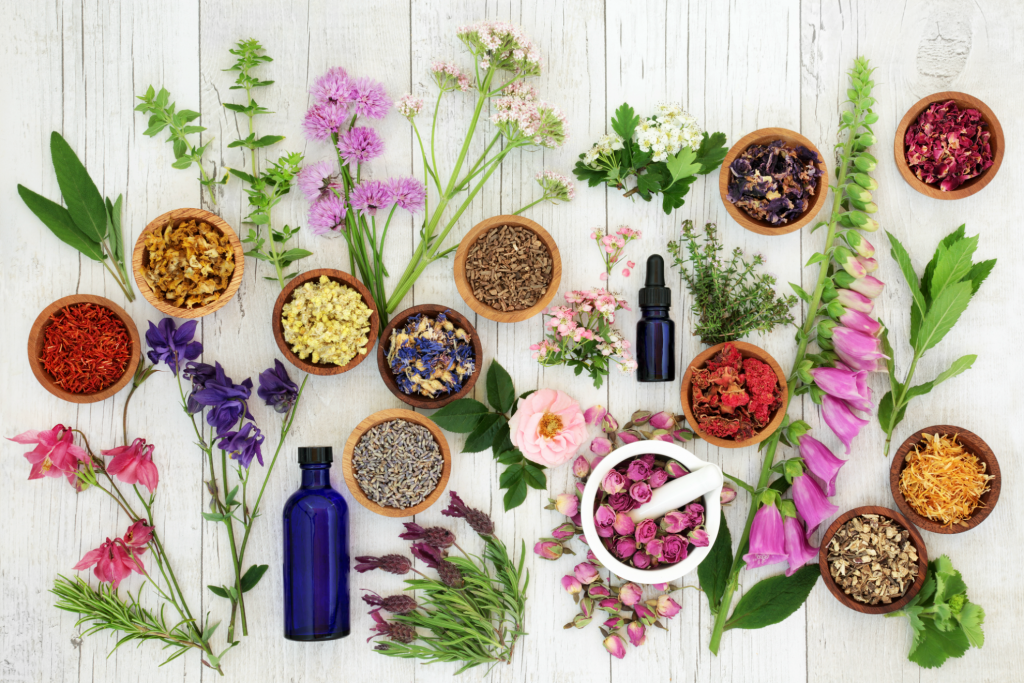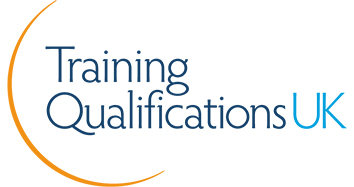
Some people believe that it’s lifesaving. Others argue it’s a load of nonsense.
Holistic therapy – sometimes referred to as ‘complementary therapy’ or ‘alternative medicine’ – is a controversial topic. But, no matter what people think about it, its popularity is indisputable.
According to the Nursing Times, in 2008, approximately 6 million people received some form of holistic therapy in the UK, creating a total spend of £4.5 billion on treatments.
By 2017, it was estimated that over 60% of the world’s population used some form of traditional or alternative medicine and the popularity of these therapies is still on the rise.
But what has caused this popularity and what are the most popular therapies? And what does holistic therapy involve anyway?
What is holistic therapy?
‘Holistic’ originates from the Greek root ‘holos’, which translates as ‘whole’. Therefore, ‘holistic therapy’ is an umbrella term for any healthcare therapies and practices that treat the entire body and the whole person, rather than curing ailments in isolation as modern medicine does.
This is because holistic therapists view the human body as one, harmonious system and therefore believe that optimal health can only be achieved if the mind, body and spirit are balanced. This harmony is achieved via natural, non-medical or surgical methods, and treatments are often remedial or involve herbal medicine.
Because of this, holistic therapy is set apart from conventional medicine, hence the term ‘alternative medicine’. Unlike mainstream medical care that cures illness as and when they occur, holistic therapy aims to prevent ill health from occurring in the first place, by promoting wellbeing as the key to health and wellness.

Why is it popular?
Western holistic therapy practices took off in the 1960s in response to anxiety about medicine’s focus on drug-related treatment and its failure to view patients as people, rather than bits of bodies to be prodded and examined.
People wanted a more natural and human-focused approach to healthcare, which is exactly what holistic therapy provides.
These sentiments are still felt today. And with lengthy waiting lists for traditional medical treatments and NHS cuts creating concern about the future of mainstream healthcare, people are turning to holistic therapy as an alternative.
Some choose holistic therapy to manage long-term health conditions alongside the use of conventional medicine (complementary therapy), whilst for others, it’s their sole method of treatment (alternative medicine).
However used, holistic therapies can ease and support a range of health issues and help patients to maintain their health and enhance their wellbeing throughout their lives.
It can also be tailored to each individual’s needs and requirements, unlike medicine’s ‘one size fits all’ approach, allowing patients to take control of their healthcare. It’s no wonder then that holistic therapy is so popular.

What are the most popular holistic therapies?
From herbal remedies to vitamin supplements, acupuncture to massage, there are hundreds of types of complementary and alternative therapy to choose from.
However, there are some that rise above the rest. A study conducted by the Federation of Holistic Therapists (FHT) last year found that the most popular holistic therapy is reflexology, followed by body massage in 2nd place and aromatherapy in third.
But what do these 3 therapies involve and why are they so popular?
Reflexology
Based on the principle that areas of the body are connected to reflex points or zones in our feet, head and hands, the ancient Chinese practice of reflexology aims to restore health and boost wellbeing by balancing bodily energy and promoting healing.
This is achieved through the manipulation of pressure points on the body via massage and micromovement techniques.

How does it work?
Reflexology is based on the Zone Theory, which states that the body has 10 vertical and 3 horizontal zones containing millions of nerve endings that influence certain parts of the body.
For example, it’s believed that reflex points in the right foot influence organs on the right side of the body, such as the liver. Reflexologists massage these points to ease symptoms and heal parts of the body within that corresponding zone.
Reflexology is also known for its stress-relieving benefits, which occur due to messages that are sent to the central nervous system, via the peripheral nerves, to relax when reflex points are pressed.
The treatment also improves blood flow and oxygenation around the body, which is crucial for optimum organ function and overall health.
 What can it help with?
What can it help with?
Like most holistic therapies, reflexology can help to reduce tension, ease anxiety and aid relaxation; however, there are specific things that reflexology can target, depending on the patient and reflex zones focused on:
- Irritable Bowel Syndrome (IBS) and other digestion issues
- Back pain and topical pain
- Headaches and migraines
- Asthma and respiratory issues
- Immune system
- Menopausal symptoms and hormonal imbalances
Reflexology can also be beneficial for cancer patients. A 2011 study by the National Cancer Institute found that reflexology improved the quality of life of women with advanced breast cancer undergoing cancer treatments, by providing relief from side effects, such as shortness of breath.
Due to the wide variety of symptoms that it can relieve, it is no wonder that reflexology is top of the holistic therapy popularity list.
It’s also a versatile therapy that can be tailored to each individual and is safe to have at any age, making it accessible to everyone (health condition dependent).
Body Massage
Practised for over 3,000 years, body massage promotes relaxation and healing within the body.
It can come in many forms depending on what it aims to target, from foot massages to full-body massage, and it is a tried and tested method of self-pampering that comes with a variety of wellness benefits.

How does it work?
Through a series of techniques such as kneading, massage manipulates the body’s soft tissue, muscles and ligaments. This stimulation loosens stiff muscles and eases discomfort, improves circulation and encourages the body to produce endorphins that boost happiness.
Yet, it is believed that massage’s ability to increase blood flow is the main cause of its health benefits. This is because blood carries oxygen and nutrients around the body that are vital for the healthy function of our tissues and organs, and encourages the body to eliminate waste products and toxins that can make us unwell. So, more blood flow means more good stuff pumping around the body to keep us healthy.
What can it help with?
Relaxation aside, massage can be used to manage a range of physical and mental conditions and has been associated with:
- Reduced anxiety, depression and panic attacks
- Lesser back pain and inflammation in arthritis
- Rehabilitation after injury
- Reduced high blood pressure
- Boosted immunity and reduced fatigue
- Improved muscle flexibility
- Reduced headache pain
Massage is also an excellent complementary therapy for people with cancer or chronic health conditions such as Fibromyalgia. By targeting illness-related symptoms, massage can ease the emotional burden of such illnesses and therefore improve quality of life.
Aromatherapy
Aromatherapy heals and balances the body and mind through the use of essential oils.
These oils are extracted from plants via distillation, a process that captures the plant’s smell and flavour – its ‘essence’. Essential oils have unique scents (hence aromatherapy) and properties that can affect the brain and body in certain ways when inhaled or applied topically.

How does it work?
Essential oils can be inhaled or applied to the skin in lotions or balms, however, most aromatherapy sessions revolve around the former.
The aroma of essential oils stimulates the nose’s smell receptors, which sends a message to the brain’s limbic system – the part that controls basic emotion, feeling and unconscious physiological function – instructing the body to react in a certain way.
This response is oil-dependent and there are over 90 different oils available, from those that relax us and calm our thoughts, to ones that ease aches and pains.
Topical aromatherapy produces the same effect, except the oil is absorbed rather than inhaled.
What can it help with?
Here are 5 popular aromatherapy oils and their uses:
- Lavender – relieves stress and aids restful sleep. It can soothe wounds and even reduce pain caused by osteoarthritis, according to studies.
- Chamomile – aids relaxation and boosts your mood. Due to its calming properties, chamomile can also be an effective treatment for eczema and other skin issues.
- Peppermint – boosts energy and aids digestion. When applied directly, this oil is a popular treatment for headaches.
- Tea Tree – fights infection and supports a healthy immune system. Tea tree oil also has antiseptic properties, making it an ideal treatment for acne and surface wounds.
- Sandalwood – calms nerves and improves focus. A study also suggests that sandalwood contains a compound that may help to fight skin cancer.

Essential oils are good on their own or can be combined to create an all-in-one treatment to target multiple issues at once.
For example, lavender and peppermint can be applied to the skin to ease headaches and migraines, whilst simultaneously aid relaxation and sleep.
The diversity of oils available and the scope of health issues it targets makes aromatherapy particularly attractive to people with multiple health issues; however, the therapy is undoubtedly a top treatment for anyone looking to improve their wellbeing, mental health or quality of life.





Leave a Reply